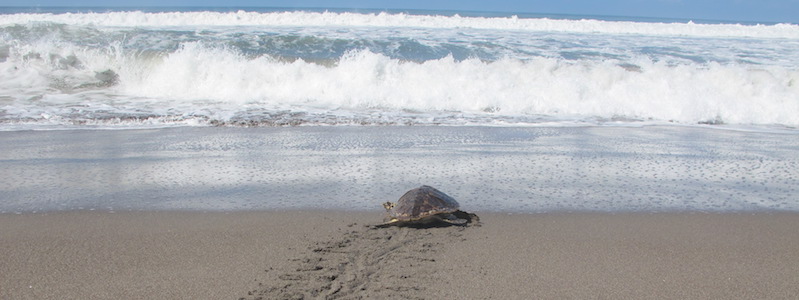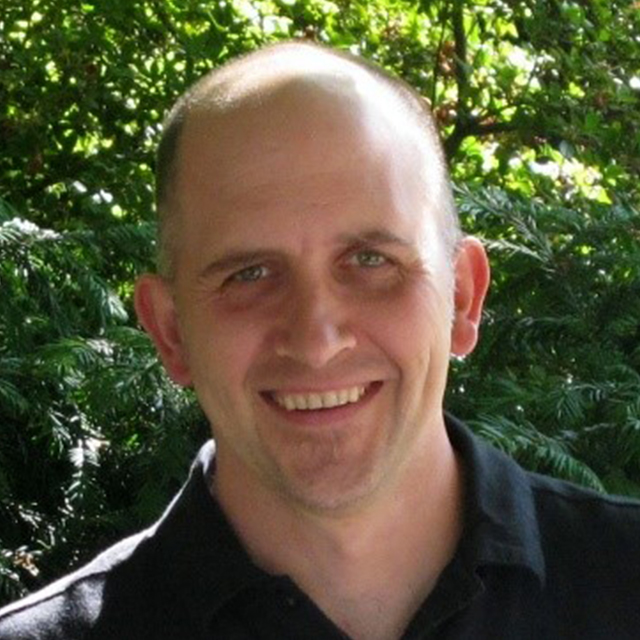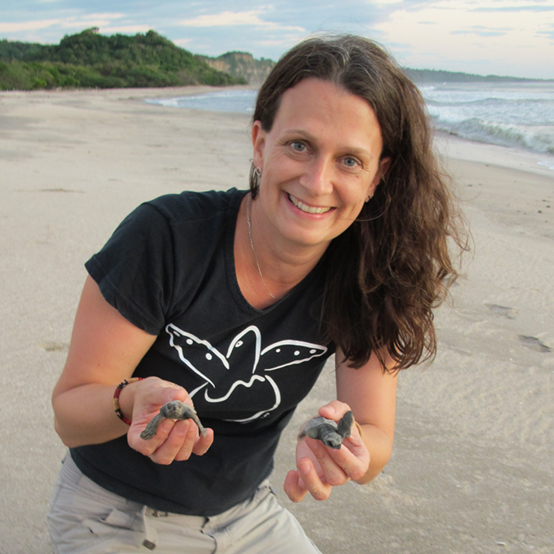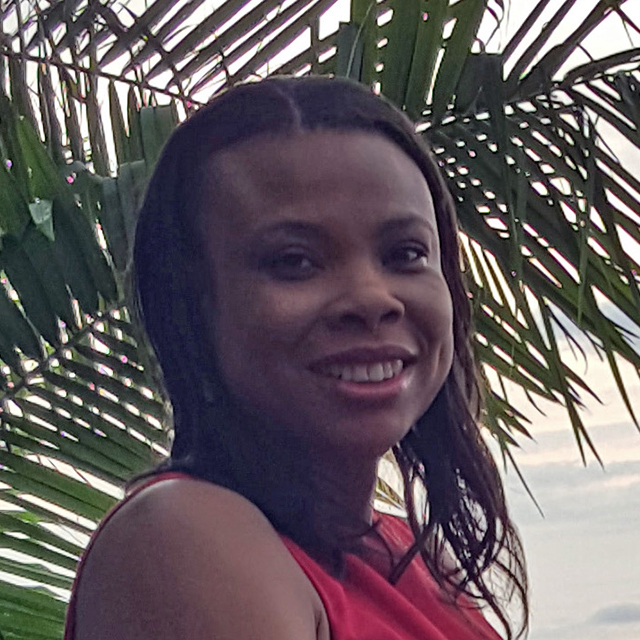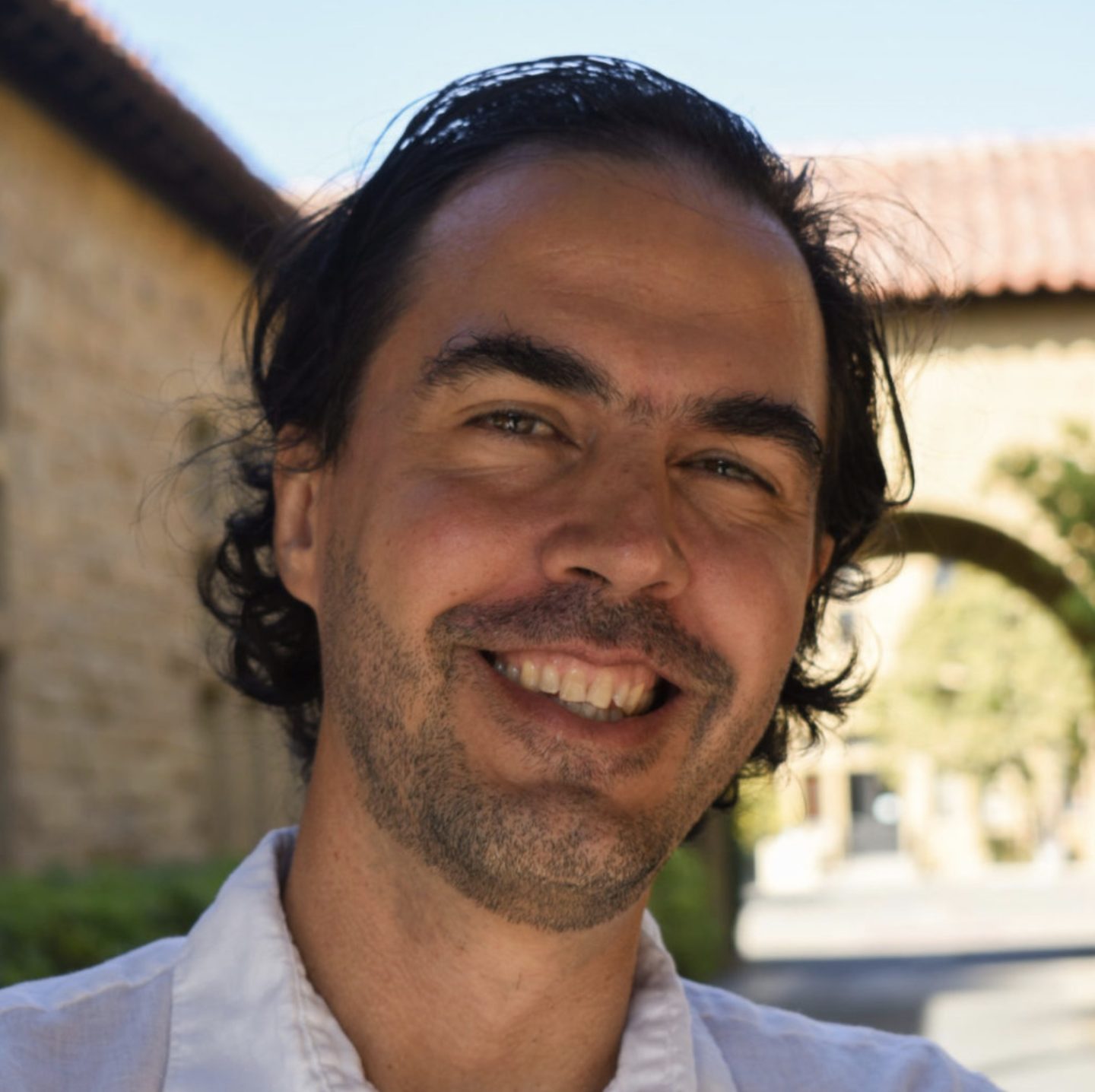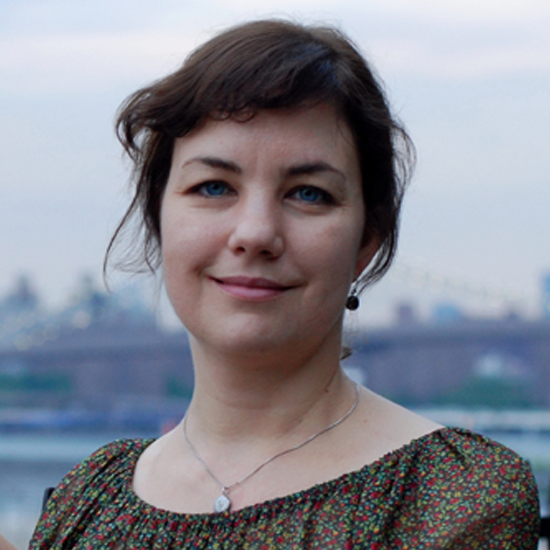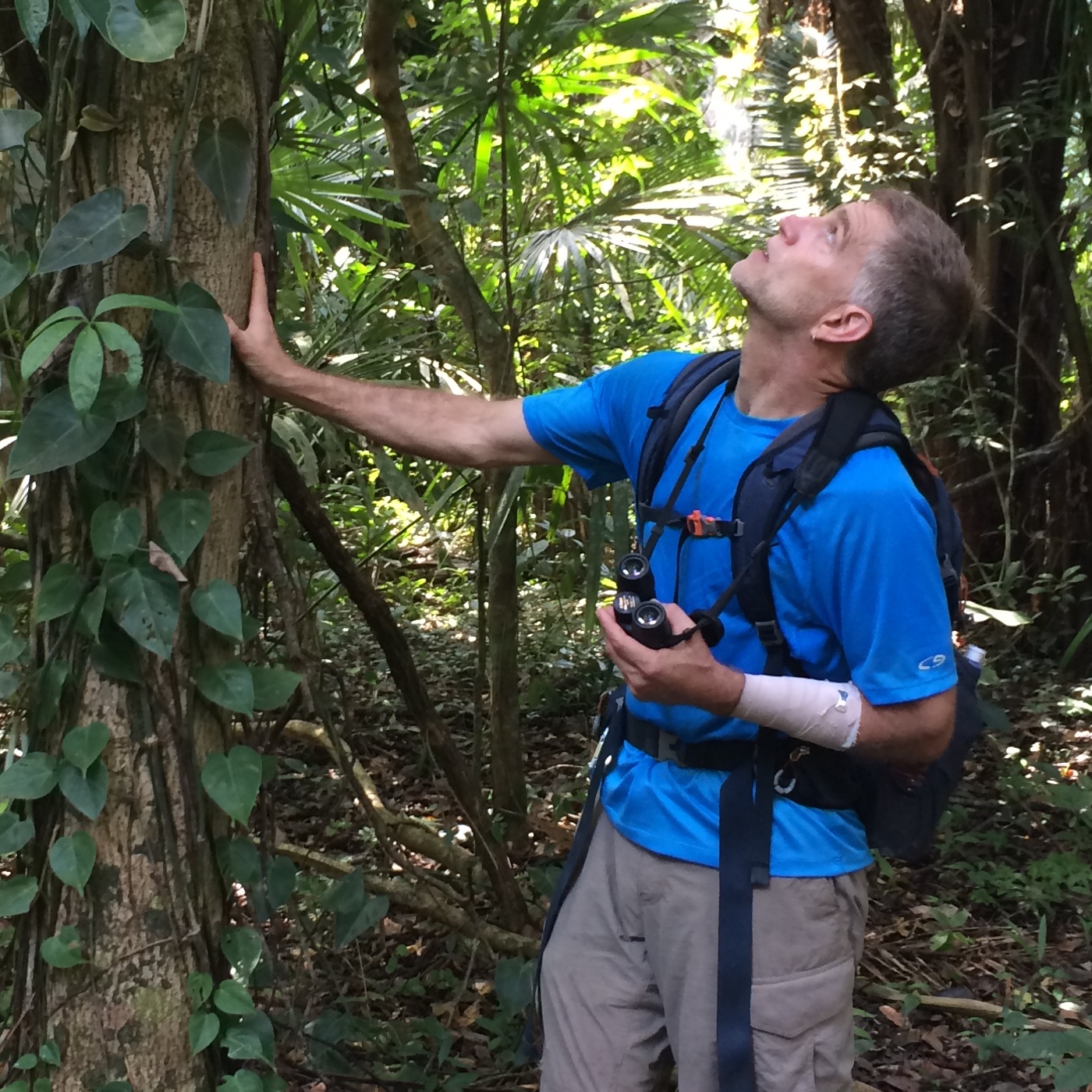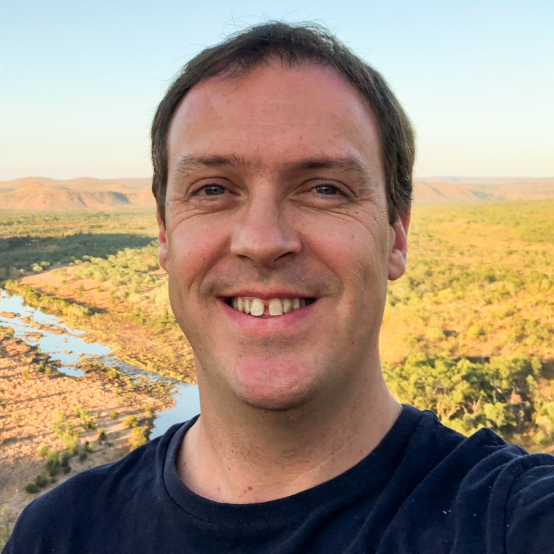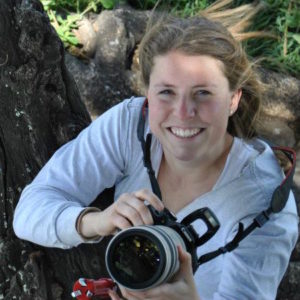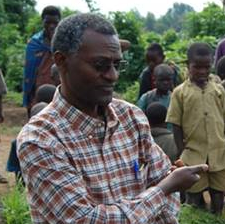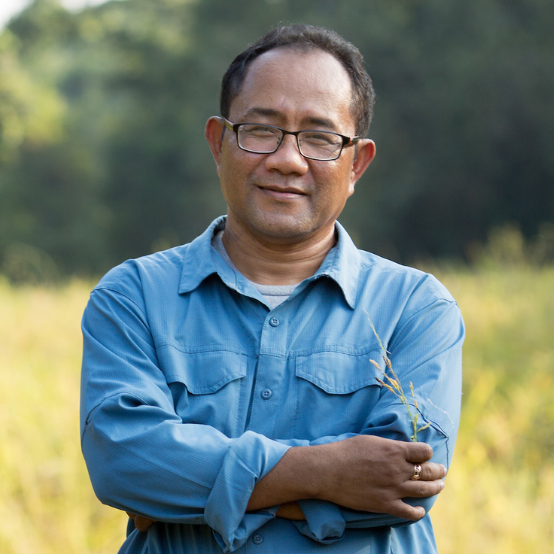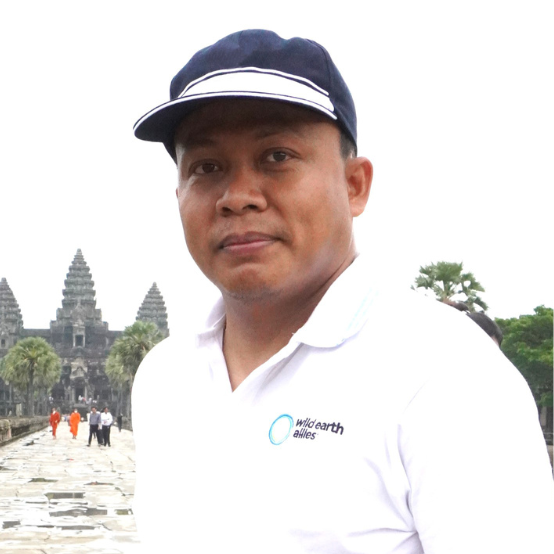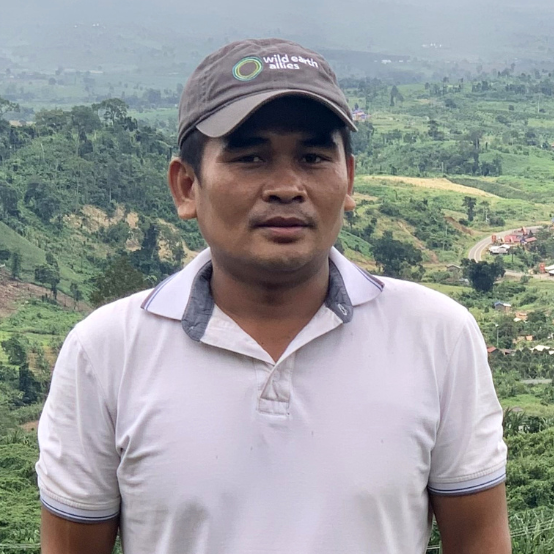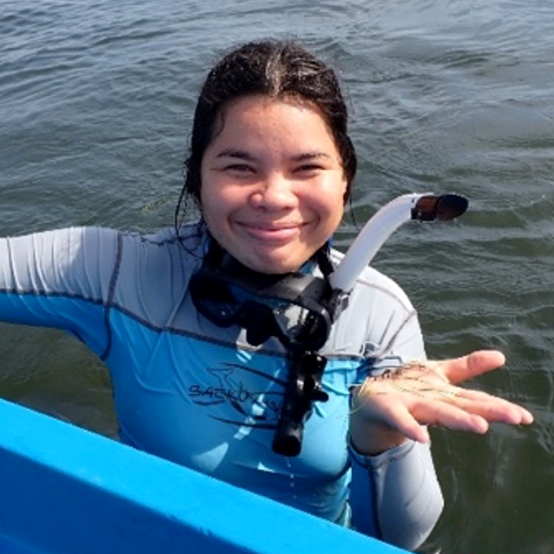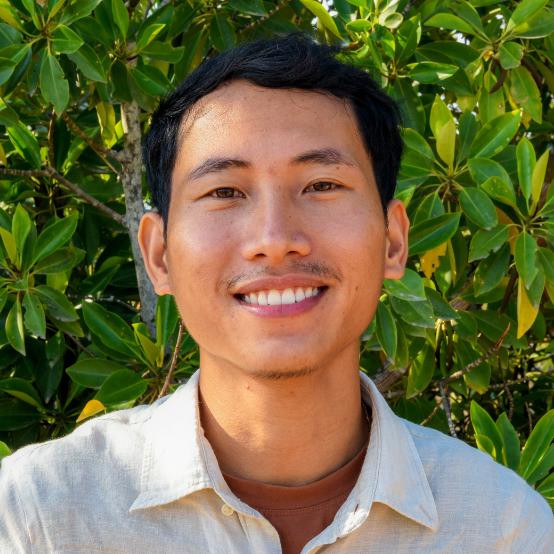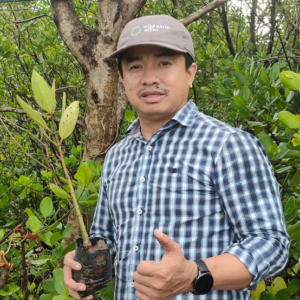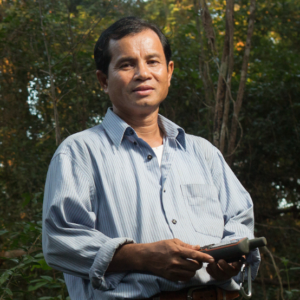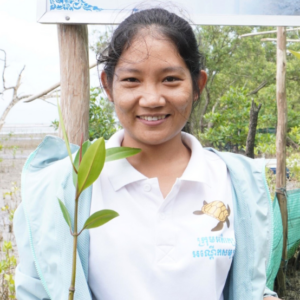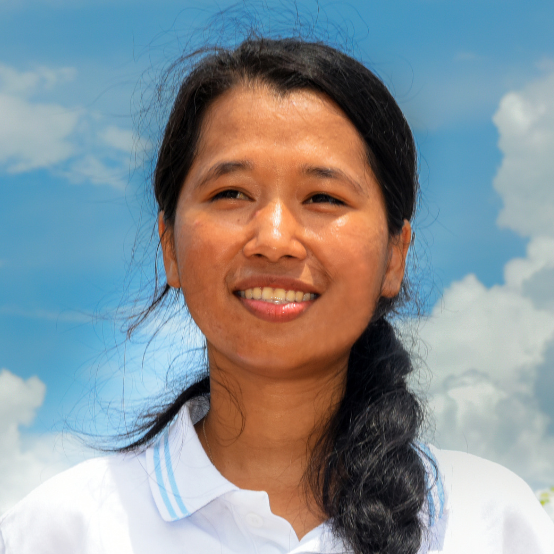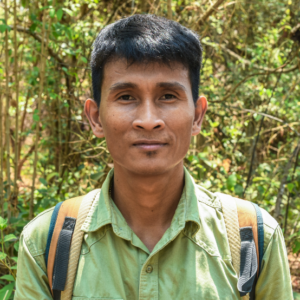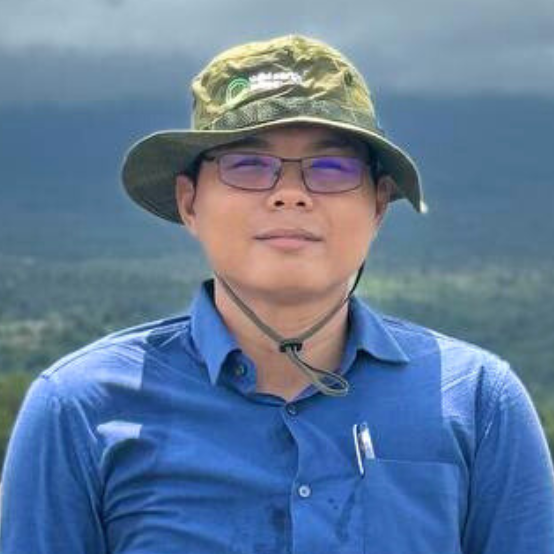/El Salvador is known for its Pacific Ocean beaches, surfing, and towering volcanoes that dot this Central American landscape. It has also emerged as a vital place for the survival of the Critically Endangered hawksbill sea turtle. On a recent trip to El Salvador, I had the fortune of spending time with colleagues of a newly formed NGO known as ProCosta and the Eastern Pacific Hawksbill Initiative (ICAPO) who are working to bring hawksbill back from the brink of extinction in this region.
Globally, hawksbill turtles are threatened by illegal wildlife trade (their shells are highly sought after for making trinkets), egg harvest, habitat disturbance, and bycatch from fishing. In the eastern Pacific, hawksbills were only recently ‘rediscovered,’ as the conservation community thought they were completely extirpated from this region. Over the last ten years or so, through concentrated efforts by ICAPO, other partners, and coastal communities, the status of the known population of eastern Pacific hawksbills has significantly improved and a genuine conservation success story is unfolding.
The coast of El Salvador contains some of the most important nesting grounds and habitat for marine turtles in the eastern Pacific. Specifically, the area known as the Bahía de Jiquilisico (or Jiquilisco Bay) is an immense mangrove-lined estuary that represents one of two main nesting areas for hawksbill turtles. Combined with another site in neighboring Nicaragua, it accounts for 80% of the known nesting sites for this beautiful turtle.
I stayed at ProCosta’s project base in La Pirraya village on Isla San Sebastian. Fishing is the lifeblood of this village of one thousand residents, with most households involved in fishing for income and food. Artisanal fishing is a way of life, with many boats docked on the shore leading into the village. Freezer chests stacked with ice contained large fish from the deep sea, including grouper and red snapper, along with many smaller fish that were caught just off shore in the estuary.
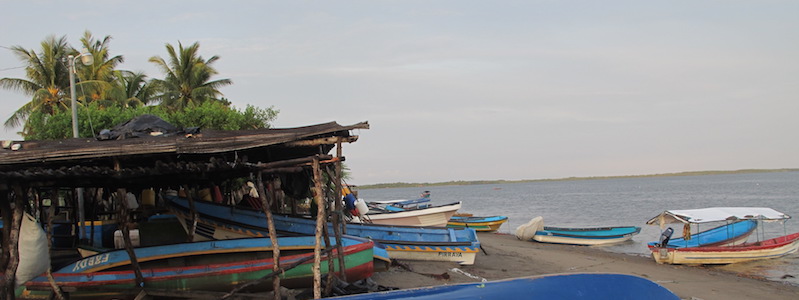
During my recent trip, it was hawksbill nesting season in ‘the Bahía.’ Each night we experienced hawksbill nesting activity on the beaches and hatchlings emerging from protected nests in the hatcheries. One night, we got a call at 9 p.m. after a storm passed with a report of a nesting female that arrived on the beach near Punta San Juan. The network of local egg collectors are well-connected to ProCosta’s project coordinator at La Pirraya, and whenever a nest is found they call the project team. It is a busy time during the nesting season and the team may get multiple calls per night.
After a short boat ride across the estuary, we arrived at the beach to discover the female’s unmistakable tracks in the sand from the ocean to find a suitable nesting site in the scrubby vegetation on the edge of the mangroves. Upon finding her, she had already dug a nest with her rear flippers and had begun laying the approximately 140 eggs she had produced for this nesting event (she may go on to nest a total of 2-4 times per season). She was very efficient in her work and within a matter of 45 minutes she had arrived to the beach, laid her eggs, covered them and returned to the sea. The eggs then remain buried for their 55-60 days of incubation before emerging from the nest and heading out to sea.
Soon after this female returned to the ocean the hatchery manager at Punta San Juan carefully dug up the freshly laid turtle eggs and carefully moved them to the nearby hatchery. The eggs were then buried to exact specifications in a controlled beach setting, which is protected from poachers and predators, and monitored closely for sand temperature, moisture, and other key factors to maximize hatching success.
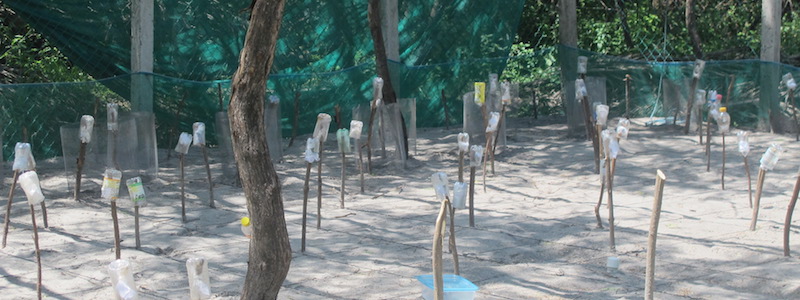 In one amazing evening, we experienced a female laying her nest, while another clutch of eggs was hatching in the nearby hatchery. After the project team took detailed measurements on the hatchlings, we then carried them in a bucket down to the beach and released them onto the sand, where they immediately started flipping towards the ocean and the shallow tidal waves. After a few minutes, all the hatchlings had entered the water and were swimming towards foraging grounds to begin their new lives in the ocean.
In one amazing evening, we experienced a female laying her nest, while another clutch of eggs was hatching in the nearby hatchery. After the project team took detailed measurements on the hatchlings, we then carried them in a bucket down to the beach and released them onto the sand, where they immediately started flipping towards the ocean and the shallow tidal waves. After a few minutes, all the hatchlings had entered the water and were swimming towards foraging grounds to begin their new lives in the ocean.
By far, the most encouraging part of my time in El Salvador was to see firsthand how involved local communities are in conserving sea turtles. It was clear that they take great pride in conserving these animals and are benefiting in tangible and meaningful ways as a result. These benefits came in the form of employment, incentive payments for egg protection, tourism opportunities, women’s group empowerment, fisheries management, and community spirit.
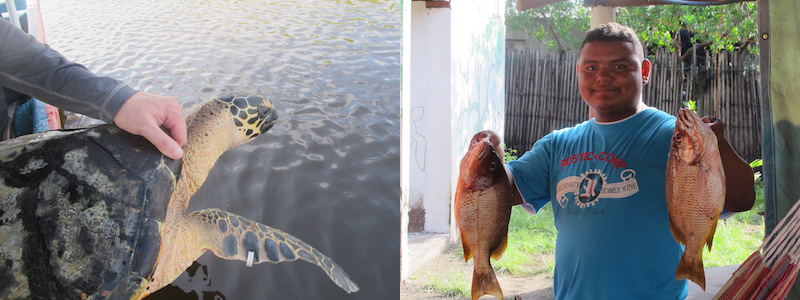 The result of these collective efforts has been impressive, with 95% of nests being protected in the Bahía de Jiquilisco over the past six years. This community-based approach underpinned by science and best practices being implemented by ProCosta and ICAPO gives us hope for reversing the decline of this impressive species and for hawksbills to continue their recovery in the eastern Pacific.
The result of these collective efforts has been impressive, with 95% of nests being protected in the Bahía de Jiquilisco over the past six years. This community-based approach underpinned by science and best practices being implemented by ProCosta and ICAPO gives us hope for reversing the decline of this impressive species and for hawksbills to continue their recovery in the eastern Pacific.
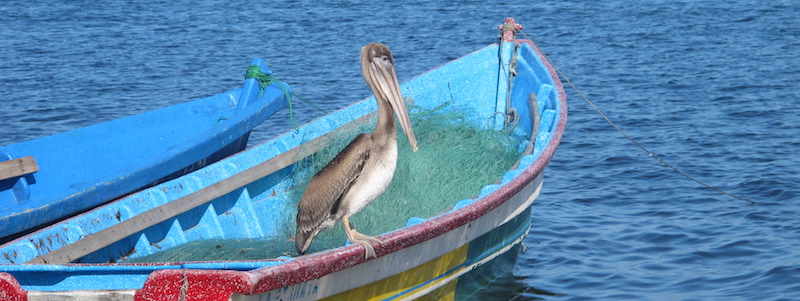 Adam Henson is Wild Earth Allies’ Conservation Director.
Adam Henson is Wild Earth Allies’ Conservation Director.


